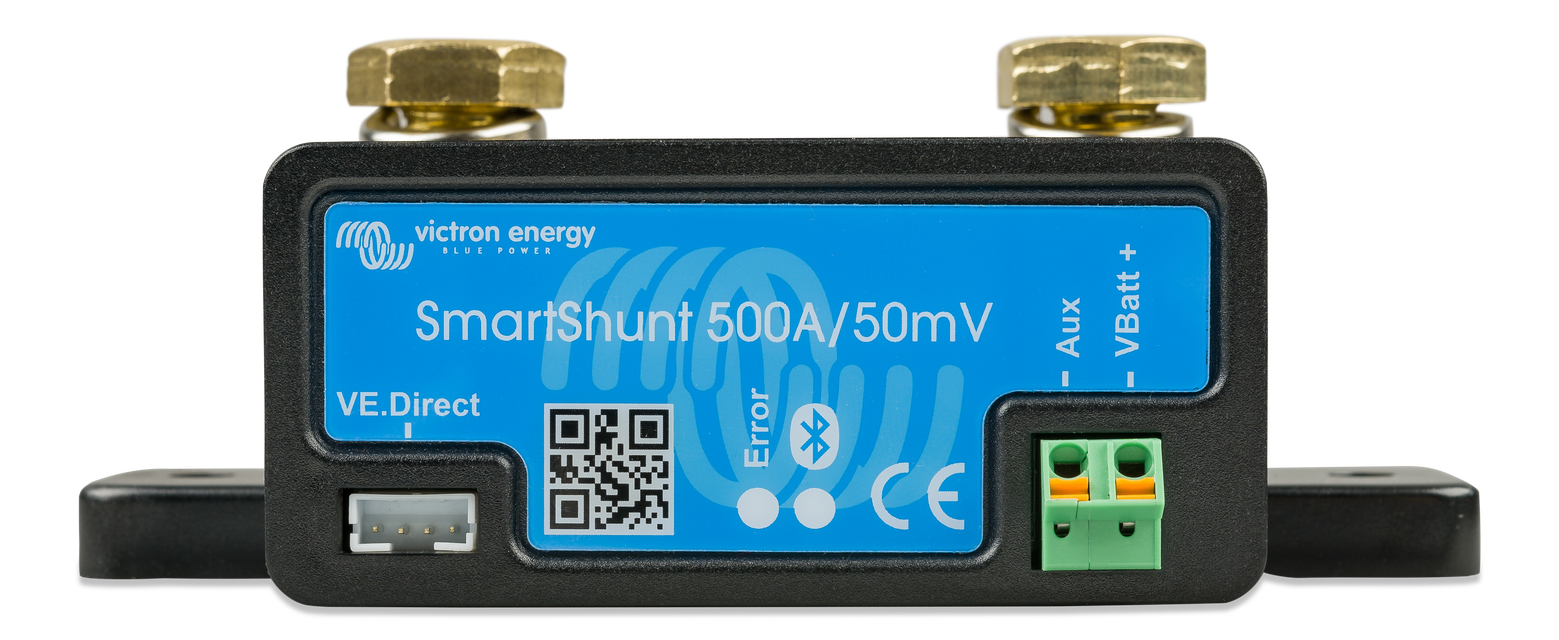The voltage charts I've found are not specific to ah, so does it matter if its 200ah vs 100ah in using the voltage chart to determine SOC in 12v LFP batteries. My uneducated mind says it doesn't matter since ah relates to the time it takes to drop a specific amount of voltage, but the measured voltage drop is the relative indicator of discharge from capacity.
Voltage chart LiFePO4 question re SOC
- Thread starter John Wolf
- Start date




